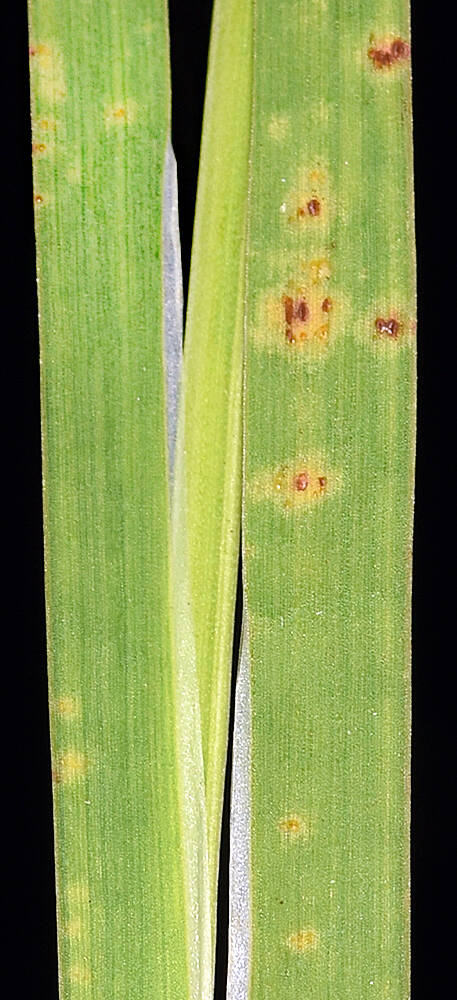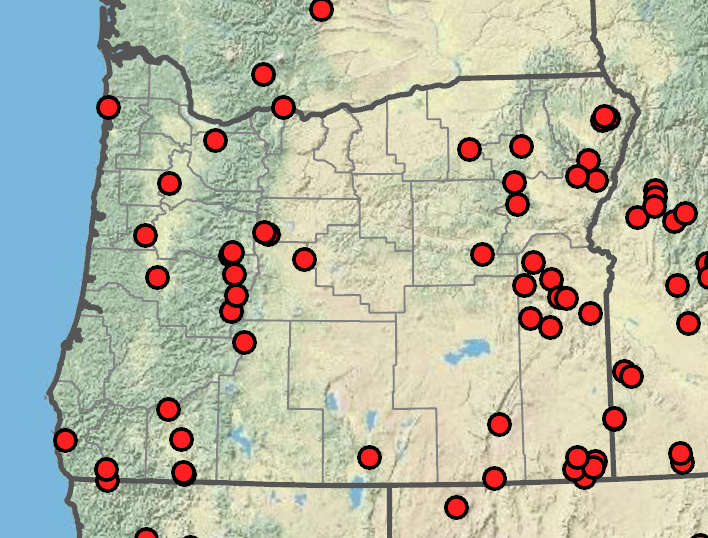Juncus saximontanus
Rocky Mountain rush
flat; iris-like, blue-green, partially septate;
auricles 0–1.2 mm.
(2)10–20 clusters; clusters 4–25-flowered.
tepals 6, often green (red) to medium brown (dark brown);
stamens usually 6;
filaments 0.6–1.1 mm;
anthers 0.4–0.9 mm;
style 0.4–0.9 mm.
shorter than to longer than the tepals, brown to dark brown or blackish, obtuse or acute, 1-chambered.
0.4–0.5 × 0.25–0.3 mm, apiculate, reticulate.
Juncus saximontanus
Shores, creek banks, springs, swales, peatlands, ditches. 100– 2500m. BW, Casc, ECas, Lava, Sisk, WV. CA, ID, NV, WA; north to AK, northeast to Manitoba, southeast to TX, south to Mexico. Native.
Juncus saximontanus has six stamens per flower and is usually found east of the Cascade Range. It is weakly separated from J. ensifolius, which has three stamens per flower. Tepal color, inflorescence shape, and style length are unreliable means to separate them. A few plants have three to six stamens and are of uncertain status, perhaps representing hybrids.
Peter Zika
- Local floras:
BC,
CA,
OR,
WA
- Local Web sites:
CalFlora,
CalPhotos,
Flora NW,
PNW Herbaria
WildflowerSearch
iNaturalist (observations)
USDA Plants Database
- LBJ Wildflower Center
- SEINet
- Plants of the World Online
- Encyclopedia of Life
- Wikipedia
- Google Image Search

